Verbena
Verbena is a versatile and beautiful flowering plant that belongs to the Verbenaceae family. Verbena has become a popular choice for gardens and landscapes worldwide with its vibrant blooms and delightful fragrance. This comprehensive guide will explore everything you need to know about Verbena, including its origins, different varieties, cultivation techniques, and tips for care and maintenance. By the end of this guide, you will have a comprehensive understanding of Verbena and be ready to cultivate and enjoy this stunning plant in your garden.
Origins and Varieties:
Verbena is native to the Americas, with some species originating from Europe and Asia. There are over 250 species of Verbena, including annuals, perennials, and subshrubs. The most common varieties include Verbena bonariensis, Verbena rigida, and Verbena x hybrida.
Plant Description:
Verbena plants feature clusters of small, colourful flowers that bloom in various shades of purple, pink, red, white, and lavender. The leaves are typically slender and serrated, and the plant forms a dense, spreading habit. Some varieties of Verbena have a trailing growth habit, making them suitable for hanging baskets and container gardening.
Sunlight and Temperature Requirements:
Verbena thrives in full sun to partial shade, depending on the variety. It requires at least six hours of direct sunlight daily to ensure healthy growth and abundant blooming. Verbena is generally adaptable to a wide range of temperatures, but it prefers warm climates with temperatures between 70°F and 85°F (21°C to 29°C).
Soil and Watering:
Verbena prefers well-draining soil that is rich in organic matter. Amend the soil with compost before planting to improve its fertility and drainage. Water the plants regularly, ensuring the soil remains moist but not waterlogged. Avoid overwatering, as it can lead to root rot.
Fertilization:
Feed verbena plants with a balanced, slow-release fertilizer to promote healthy growth and abundant flowering. Apply the fertilizer according to the package instructions, typically every 4 to 6 weeks during the growing season. Avoid excessive fertilization, which can result in leggy growth and reduced flowering.
Pruning and Deadheading:
Regular pruning and deadheading are essential for maintaining the vigour and appearance of verbena plants. Trim back leggy stems to promote bushier growth and remove spent flowers to encourage continuous blooming. Pruning also helps to prevent the plant from becoming woody and promotes better airflow, reducing the risk of disease.
Pests and Diseases:
While Verbena is generally resilient, it can be susceptible to aphids, spider mites, and powdery mildew. Monitor your plants regularly and take appropriate measures, such as using organic insecticides or practising cultural controls, to manage pests and diseases effectively.
Propagation:
Verbena can be propagated through seeds, stem cuttings, or division. Collect seeds from mature plants and sow them indoors or directly in the garden. Stem cuttings can be taken from healthy, established plants and rooted in a well-draining potting mix. The division is another method to propagate Verbena, particularly for perennial varieties.
Companion Planting:
Verbena is a great companion plant for various garden species. It attracts pollinators like butterflies and bees, making it an excellent addition to pollinator gardens. It also pairs well with other sun-loving plants, such as salvias, marigolds, and zinnias, creating visually appealing and vibrant garden displays.
Uses and Culinary Aspects:
Aside from its ornamental value, some species of Verbena have culinary uses. Lemon verbena (Aloysiacitrodora), for example, is prized for its lemon-scented leaves, which can be used to flavour beverages, desserts, and savoury dishes. However, it’s important to note that not all verbena varieties are suitable for consumption, so exercise caution when using Verbena for culinary purposes.
Verbena is a versatile and captivating plant that adds beauty and charm to any garden or landscape. Verbena is a favourite among gardeners with its vibrant flowers, delightful fragrance, and adaptability to different growing conditions. By following the guidelines outlined in this comprehensive guide, you can successfully cultivate and enjoy the splendour of Verbena in your own green space. Whether you grow it in containers, flower beds, or hanging baskets, Verbena will surely bring colour, vibrancy, and joy to your garden.
Things to know about ANTHURIUM
Common (vernacular) Name
एन्थूरियम (Hindi), Anthurium, Flamingo Lily, Flamingo Flower, Painter's Palette, Lace Leaf, Pigtail Plants, Tail Flower and many more.
Botanical Name
Anthurium Andraeanum
Origin
Mexico to Tropical America (Colombia, Ecuador).
Family
Araceae
Plant Type
Tropical plant
Plant Features
Ornamental / Evergreen / Exotic
Life Cycle
Perennial
Landscape Uses
Container Planting and Houseplants.
Species
Belolonchium, Calomystrium, Cardiolonchium, Chamaerepium, Cordatopunctatum, Dactylophyllium, Decurrentia, Digitinervium, Gymnopodium, Leptanthurium, Pachyneurium, Polyphyllium, Polyneurium, Porphyrochitonium, Schizoplacium, Semaeophyllium, Tetraspermium, Urospadix, Xialophyllium.
Varieties
It comes with thousand of different varieties in a diversity of leaf and flower colorations.
Size
Height : 1 to 1.5 feet tall and Width : 1 feet wide when mature.
Indoors or Outdoors
Outdoors : Anthurium can be used outdoors in shady plantings, avoid direct sun light.
Indoors : Excellent plant grow in bright light or indirect light. Best indoor plants for beginners.
Blooming / Flowering
Blooming period is throughout the year.
Flower Colour
It’s come with a contrasting spadix Gold, Yellow, Orange, Pink, White, Green, Purple, Red, Burgundy, Multicolored and Variegated colours.
Lucky Plant
According to Feng Shui, It bring Good Luck in your relationships.
Lighting / Sun Exposure
Bright Indirect Sunlight.
Temperature
Grow best preferably warm temperature above 21°C and can be tolerate max temp. as high as 32°C.
Growth Rate
Anthurium is a slow to moderate growers plant.
Watering
Moderate watering, Mist or over head sprinkler to provide water and to improve relative humidity. Not tolerate overwatering it may cause root damage and yellowing of the leaves.
Fertilizer
Slow-release fertilizer, or a water-soluble liquid fertilizer once or twice in the growing season (Spring through Summer).
i.e. - Cow dung, DAP, Compost, NPK 30-10-10 fertilizer, liquid organic fertilizer etc.
Pruning
Pruning of Anthurium not much is needed. However, trimming away only discolored or dead leaves.
Propagation
Seeds : The best time to sow your Anthurium seeds is in the end of Winter / early Spring but it can't can give good result.
Stem Cuttings : The easier methods of propagation of Anthurium in water or in soil via stem cuttings, and can be done during the warm growing season.
Division : Division of Anthurium can be done in Rainy season, or better in February to March.
Dormancy Period
Month : November to February (winter season)
Shed their leaves and show poor growth, Watering minimally.
Avoid : Propagate, Fertilize and Repotting.
Container
Ceramic Pot, Plastic Pot, Terracotta or Clay Pot is preferred, which ensures good drainage as well as water holding capacity.
Soil Type
A well-drained Loam / Coarse potting soil is recommended as well as water holding capacity. Prevent soggy potting medium.
Our recommendation for potting mix : Equal part mixture of Garden Soil (25%) + Compost (25%) + River Sand (25%) + Cocopeat (25%). You can substitute pieces of Charcoal, Vermicompost, Perlite etc.
Soil pH
Lightly Acidic soil - Ideally 5.5 to 6.5 pH (potential of hydrogen) is recommended for Anthurium.
Repotting
It is advisable to repot the Anthurium every year or two preferably spring to midsummer season.
Maintenance
Low maintenance and easy to grow.
Properties
Toxic or Poisonous to both humans and pets upon ingestion.
Benefits
Excellent indoor air purifier, Anthurium plants turns CO2 into oxygen. It purifies indoor air by removing harmful chemicals like ammonia, toluene, xylene and formaldehyde.
Special Features
Doesn't attract hummingbirds and pollinators like butterflies and bees or wasps.
Infestation / Pests
Aphids, Scale insects, Thrips, Mealy bugs, Spider mites and caterpillars etc.
Diseases / Problem
Physiological Problem : Anthracnose, Leaf Spot and Powdery Mildew.
Bacterial Problem : Bacterial Blight, Bacterial Wilt and Black Nose Disease.
Fungal Problems : Root Rot and Water Mold.
Some Glimpse of ANTHURIUM

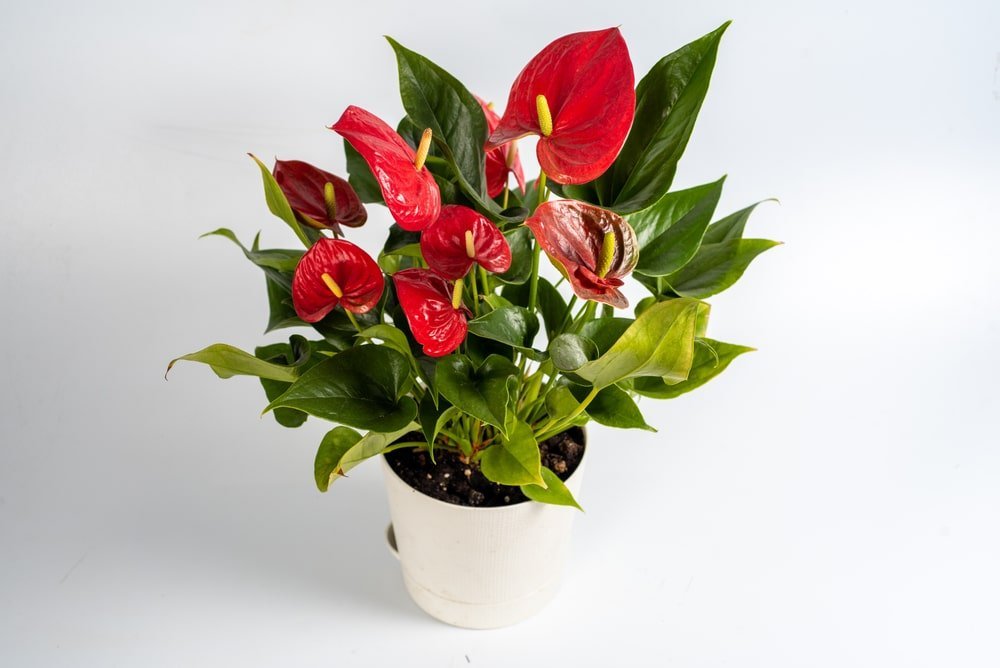
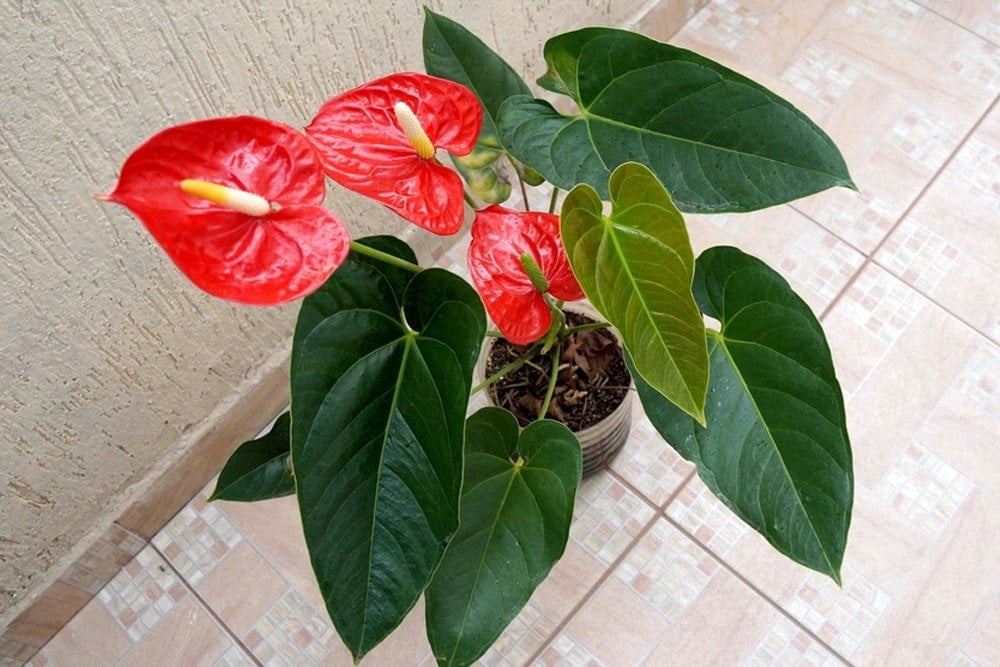



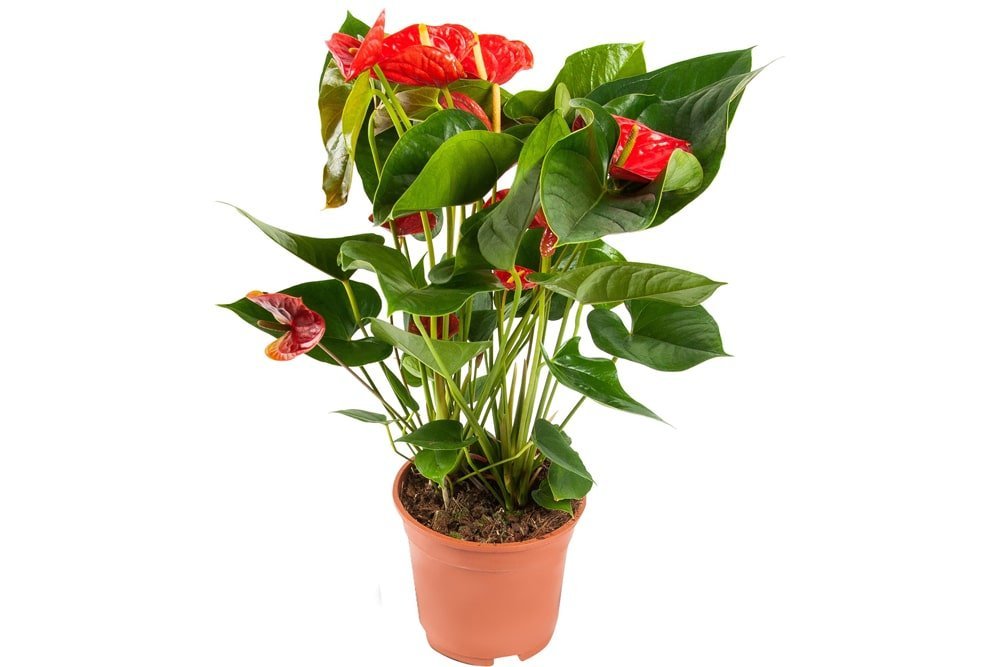

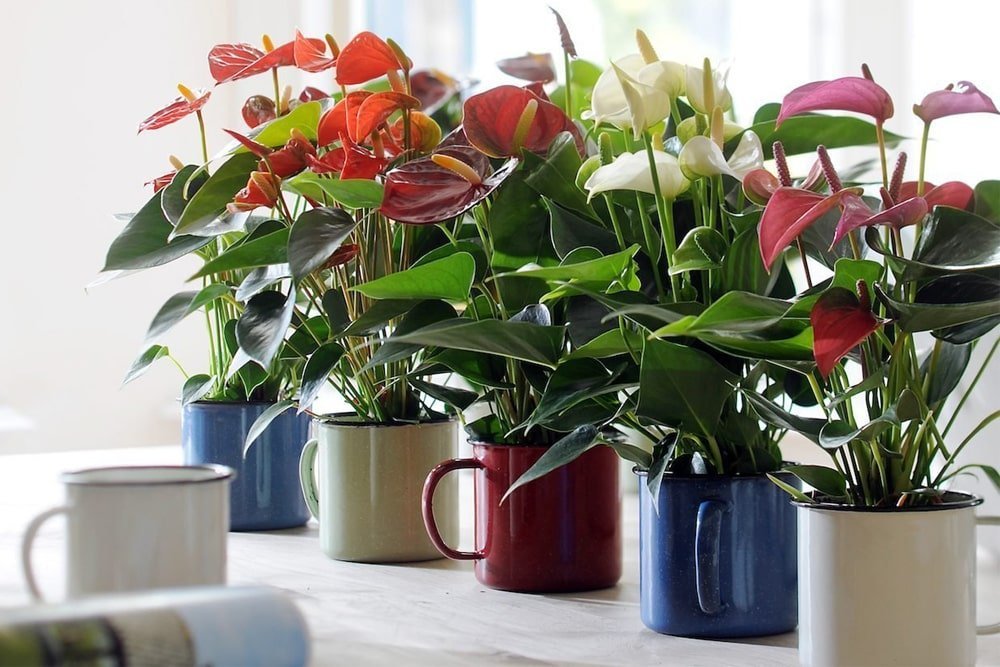

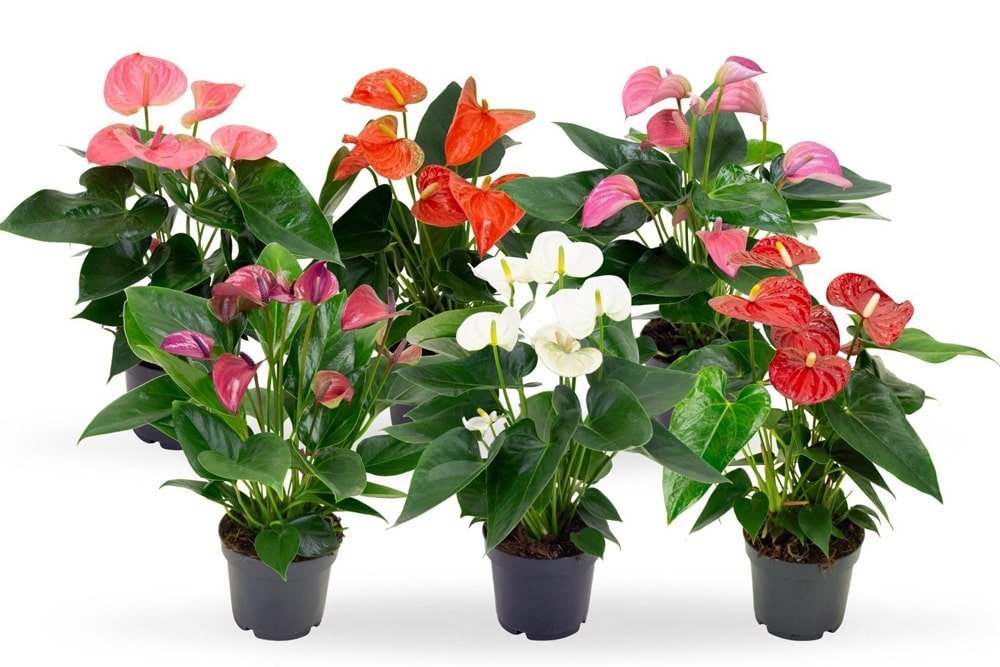

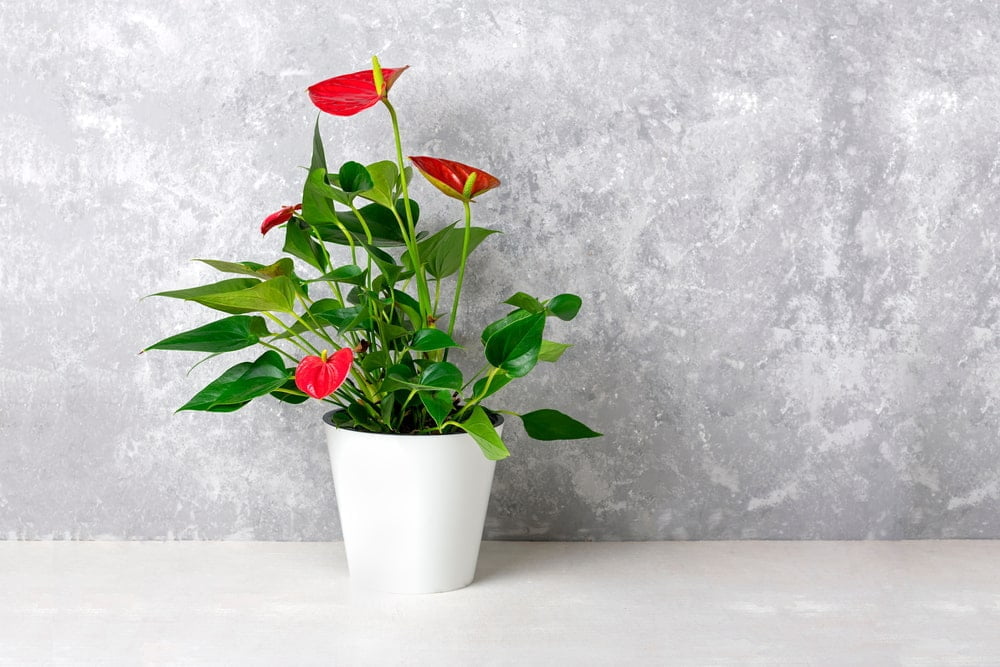

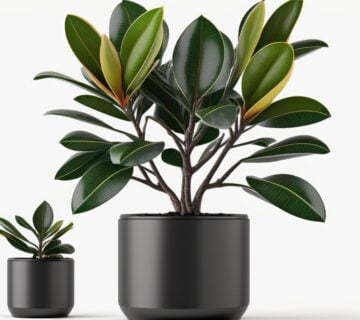
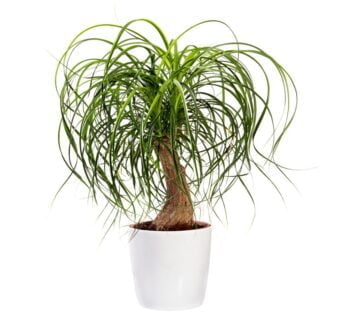
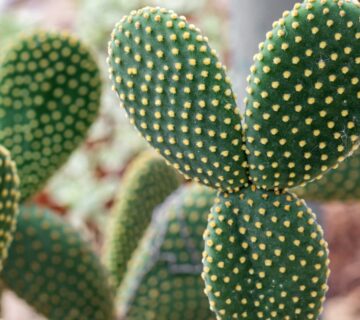
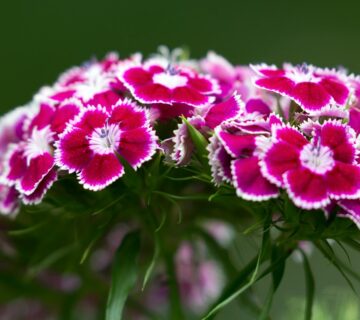
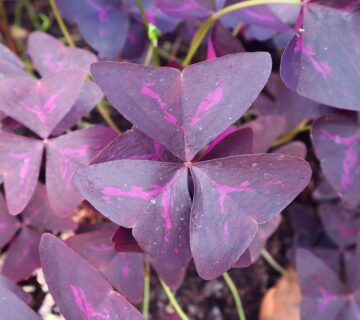


No comment